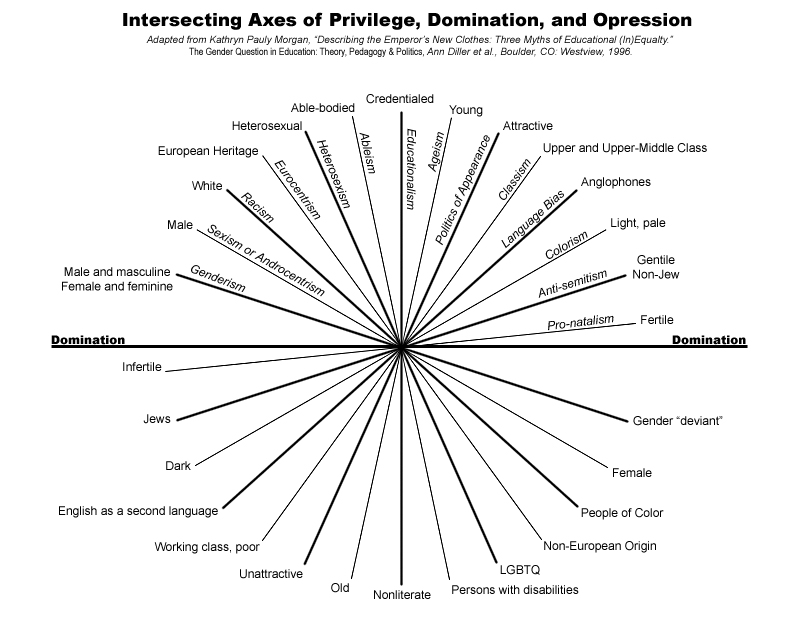Read Part 1-Introduction, and Part 2-Racism, Hegemony, Critical Race Theory, and Intersectionality.
In the last post we laid out the ideologies of Hegemony, Critical race theory, and intersectionality. Now we move to seeing the effect these ideologies have had in American culture specifically, in the understanding of ethnicity, in the area of politics, and in the realm of entertainment.
It is the predominate worldview in the American culture on ethnicity today. In a poll conducted by the Pew Research Center from June fourth through the tenth, 65 percent of all adults said that the motivations behind the protests were “longstanding concerns about the treatment of black people in the country” (figure 2). In that same poll, 83 percent of black Americans said likewise. This could only be true if those polled believed, to some degree or another, that systemic race on race crime exists, not just individual human on human crime. In another Pew Research Center poll, 52 percent of black Americans polled said that their race or ethnicity was extremely important to their central identity, and another 22 percent said that it was very important to their identity. This displays how deeply rooted and precious these concepts have become to individuals (figure 3).
Likewise, it is the controlling view in American politics. Today, politicians seldom stand for policies that might hurt their careers, but only for those policies that they hope will curry them favor with particular groups of people (Baucham, Cultural Marxism). Beyond that general observation, these ideologies actually make up the worldviews of many representatives of the American people, critical race theory being a fundamental tenant of the political left (Mohler, Mohler takes issue with resolution on Critical Race Theory). Read what Ilhan Omar, the Representative for Minnesota, said on July 7 of this year in light of the definition of critical race theory and intersectionality:
“But we can’t stop at criminal justice reform. Or policing reform for that matter. We are not merely fighting to tear down the systems of oppression in the criminal justice system. We are fighting to tear down systems of oppression that exist in housing, in education, in healthcare, in employment, in the air we breathe. When we introduce the Zero Waste Act or the Green New Deal, it is because we know that environmental racism is real. When America gets a cold, black Americans get pneumonia. Our communities [black American communities] are bearing the burden of the corona virus, more than any other. We must recognize that these systems of oppression are linked. As long as our economy and political systems prioritize profit without considering who is profiting, who is being shut out, we will propitiate this inequality. So, we cannot stop at [the] criminal justice system. We must begin the work of dismantling the whole system of oppression wherever we find it” (Ernst).
Systems of oppression, all linked together, economic and political systems (basically, the entire culture and everything in it of value), speaking within the categories of race, economics, and politics; that is a perfect example of these ideologies being worked out in America in the year 2020 from the mouth of a major political figure in the Democratic political party.
In the realm of entertainment this worldview takes center stage. For years now television shows and Hollywood movies have supported these ideologies. The movie Parasite, 2019, for example, which won many awards, is an anti-capitalism movie. Celebrities themselves hold to this worldview, and make it quite clear that they do both historically and in recent days. Regina King, in her acceptance speech at the 2019 Golden Globe Awards, made it very clear what she believed. In a video put together by the NAACP titled I Take Responsibility, “a coalition of white actors and entertainers asserting their culpability in perpetuating anti-black racism” (Coley). Also, in the music industry these ideologies are widely accepted and put forward. The songs This is America, by Childish Gambino, 2018, and Cops Shot the Kid, by Nas feat. Kanye West, 2018, are both good examples of this. And many bestselling books affirm and categorically state these ideologies outright, books such as White Fragility, by Robin DiAngelo, and Black Enough, by several young adult writers. In all these mediums, these ideologies are endemic.
In American views of ethnicity, politics, and entertainment, worldviews underpinned by hegemony, critical race theory, and intersectionality, dominate the landscape of American culture. But the disunity goes far beyond the measurements of ideology. The disunity includes societal events which are either a result of or used in the cause of the worldviews and movements shaped by these ideologies. It may be a cynical way to think about the world, but to use events in this way is not unnatural, but in fact human nature and historically accurate.



5 thoughts on “Cultural Disunity and the Triune God, Part 3–The Influences of Hegemony, Critical Race Theory, and Intersectionality”